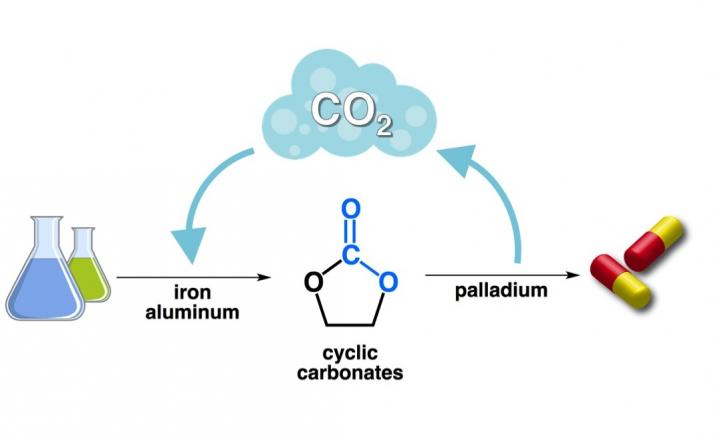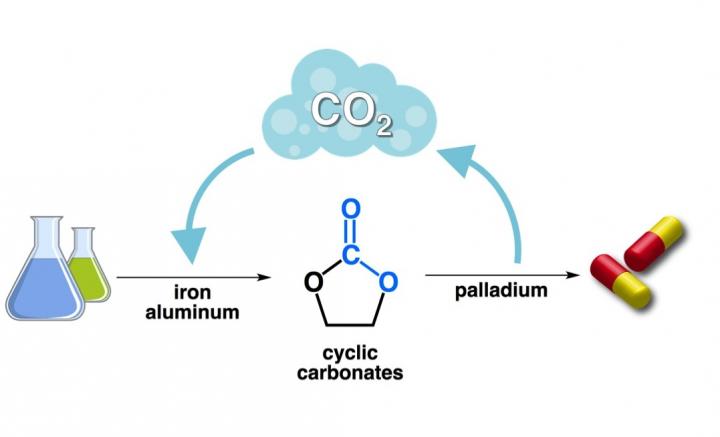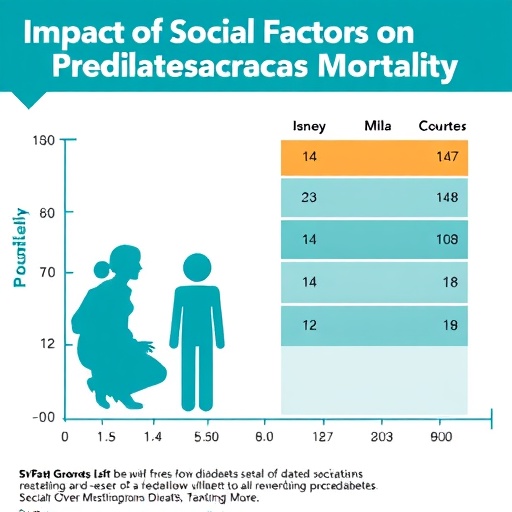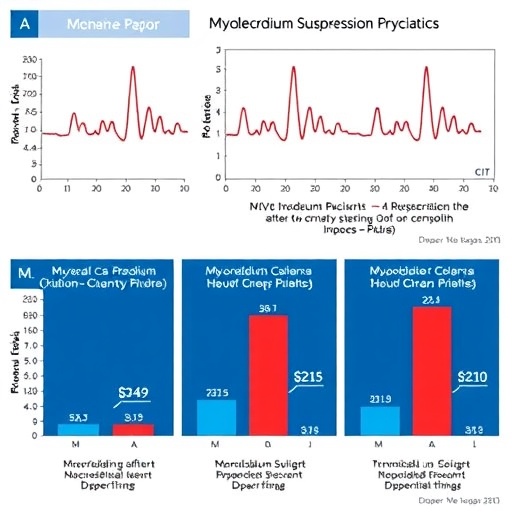
Credit: ICIQ
Researchers at the Institute of Chemical Research of Catalonia (ICIQ) in Tarragona have developed a method that transforms cyclic carbonates -that can be easily obtained from CO2- into more valuable, chiral molecules chemists call vicinal amino-alcohols. Amino-alcohols are used in a myriad of drugs such as antimalarials, antivirals (like Tamiflu®), analgesics and antiarrhytmics.
The group, led by Prof. Arjan Kleij, develops new methodologies to convert small molecules -like CO2 and other waste gases- into useful chemicals. In previous work, they developed various catalytic routes to functional cyclic carbonates using carbon dioxide and easily accessible chemicals. Kleij and co-workers made these transformations possible with cheap and sustainable iron and aluminium catalysts.
Now, in a new paper recently published in the Journal of the American Chemical Society, ICIQ researchers show how to transform these carbonates into more valuable, highly challenging chiral molecules known as amino-alcohols. The process uses a very efficient palladium catalyst, which is more abundant and less expensive than previously used rhodium alternatives. This reaction also releases CO2, which can be re-used to make new carbonates, thereby closing the cycle.
"Chiral amino-alcohol structures are very common in pharmaceutical products, this new methodology allows us to obtain them selectively from simple, readily available starting materials," says Aijie Cai, who carried out the experiments. "Moreover, the method is quite user-friendly, it works without any additives or special precautions in just a few hours at 0°C," he adds.
Prof. Kleij, group leader at ICIQ, comments how "many years ago we developed various efficient ways to prepare functional cyclic carbonates using CO2. Now we are focusing on their post-synthetic conversion to create more challenging molecules with wider application potential. Chiral amino-alcohols are particularly valuable for the pharmaceutical industry, because they are precursors to important drugs such as antivirals and antimalarials."
CO2 is key to all this process; it is the philosopher's stone that transforms simple chemicals into valuable drugs. Kleij typically refers to it as "CO2 facilitated chemistry": without carbon dioxide, none of the reaction steps would work. In the first step, researchers convert the gas into useful cyclic carbonates. During the second step, a palladium-catalysed CO2 elimination triggers the formation of the chiral products. The release of the gas allows the chemistry to move forward. CO2 could be recycled, making the overall process sustainable with minimal carbon emission.
###
Media Contact
Fernando Gomollón-Bel
[email protected]
34-977-920-200 x370
@ICIQchem
http://www.iciq.es/
############
Story Source: Materials provided by Scienmag





